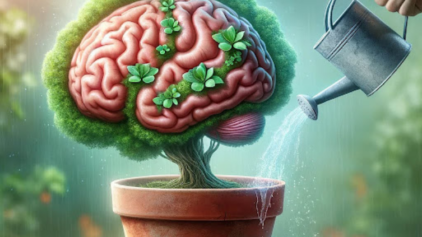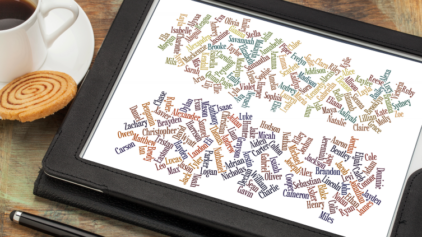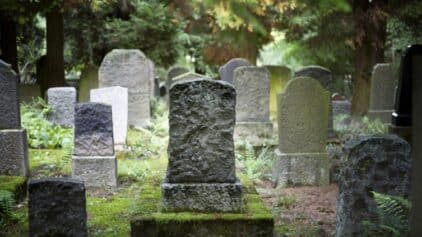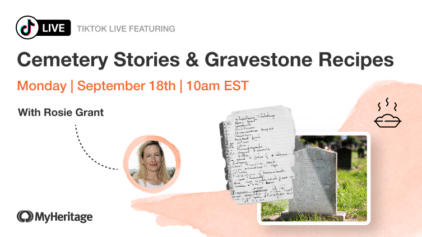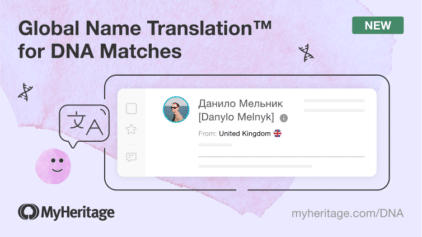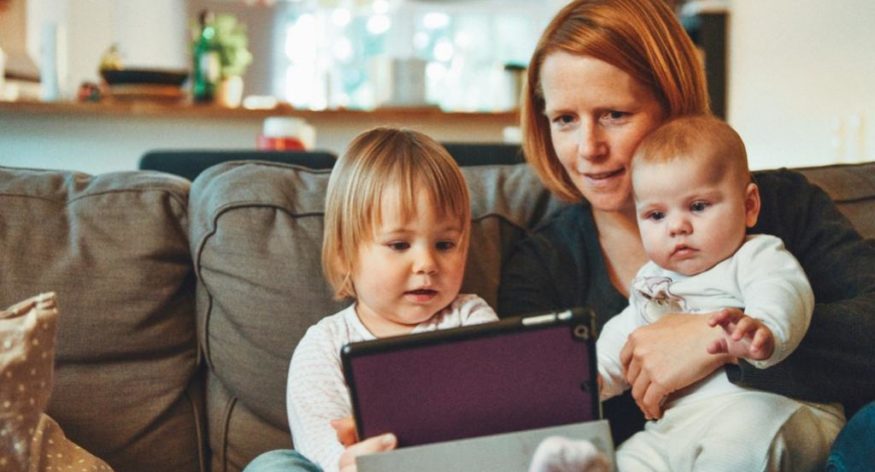

This post was written by our US Genealogy Advisor, Schelly Talalay Dardashti.
Our family, like many others, has experienced circle-of-life events.
When family historians and genealogists speak about sharing family history at life cycle events, we generally mean life’s happy occasions: births, engagements, marriages, graduations, birthdays and anniversaries.
We don’t often think about the sad events, which occur just as frequently, such as the deaths of family members.
In addition to a traditional gift for a happy occasion, I like to add a printout of the family history, a chart and a list of ancestors to a young couple getting married (with their names already entered), for the birth of a baby (with the baby’s name already entered), anniversaries and at other occasions.
At the wedding of a Swiss cousin, the family history envelope handed to the bride’s mother elicited immediate conversation with the guests surrounding her. I answered many questions and met several new and interesting distant relatives who had traveled for the wedding. Everyone was interested in the material and wondered how I had gathered it.
Happy occasions are very simple. Funerals are something else.
At a funeral some years back, there was a major surprise for the family as it gathered at the cemetery, with people coming from several cities and other countries.
The woman’s husband had already ordered the large double grave headstone, with everything inscribed except his own death date – he was 94 and still going strong. What was more surprising was that he had inscribed his wife’s family history on the large rectangular granite slab covering her grave, and his own family history on the slab that would cover his.
The wording included where each was born and when, other important dates; names of their siblings, parents, and grandparents — and their children, of course. The children hadn’t known about the stone and the family history inscriptions and were surprised that their father had done this and never told them.
When we returned to the house after the funeral, the children began remembering their mother and one brought out an old photograph showing the woman, her siblings, and her parents. It was the only photo of the entire family to survive the Holocaust, and she was one of only two people in her entire family to survive.
Fortunately, their mother had often recited the names of those pictured. Her eldest son remembered them all. We wrote down the names on a paper, placed it in an envelope, took off the back of the picture frame and added the envelope.
Whether we are celebrating the beginning of a new life at birth, the joining of a young couple in marriage, or sharing our thoughts at the loss of a senior family member, family history is appropriate, helpful and appreciated.
Every family event is a chance to discuss family history and learn more about your ancestors.

